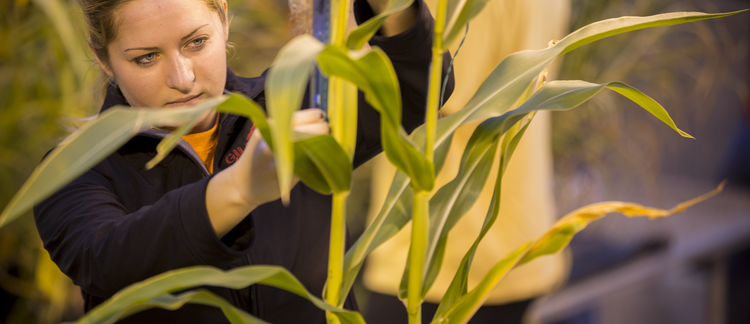Abstract
Grape cultivars that are grown in cold climates must be able to tolerate low winter temperatures that typically occur in a given region. Cold hardiness of grapevines is based on primary bud survival, however, many interspecific cultivars can produce a crop on secondary buds if primary buds are injured. Moreover, cane tissues, which are necessary for secondary crop production, can be as susceptible to freezing injury as secondary buds. There is relatively little information concerning the freezing tolerance of cane tissues during the overwintering period, although high freezing tolerance of cane tissues is important where severe freezing events can be anticipated. The objective of this investigation was to characterize differences in freezing tolerance of bark and xylem cane tissues of a very hardy (Frontenac) and a moderately hardy (Seyval blanc) grape cultivar during autumnal acclimation, midwinter period, and vernal deacclimation. A second objective was to identify biochemical markers associated with increased freezing tolerance of grapevine canes (not included in this report).
Keywords: RFR A9004, Horticulture
How to Cite:
Goldsmith, L. H., Nonnecke, G. R., Domoto, P. A. & Arora, R., (2010) “Freezing Tolerance in Frontenac and Seyval blanc Grapevines”, Iowa State University Research and Demonstration Farms Progress Reports 2009(1).
Downloads:
Download pdf
View PDF
251 Views
110 Downloads

